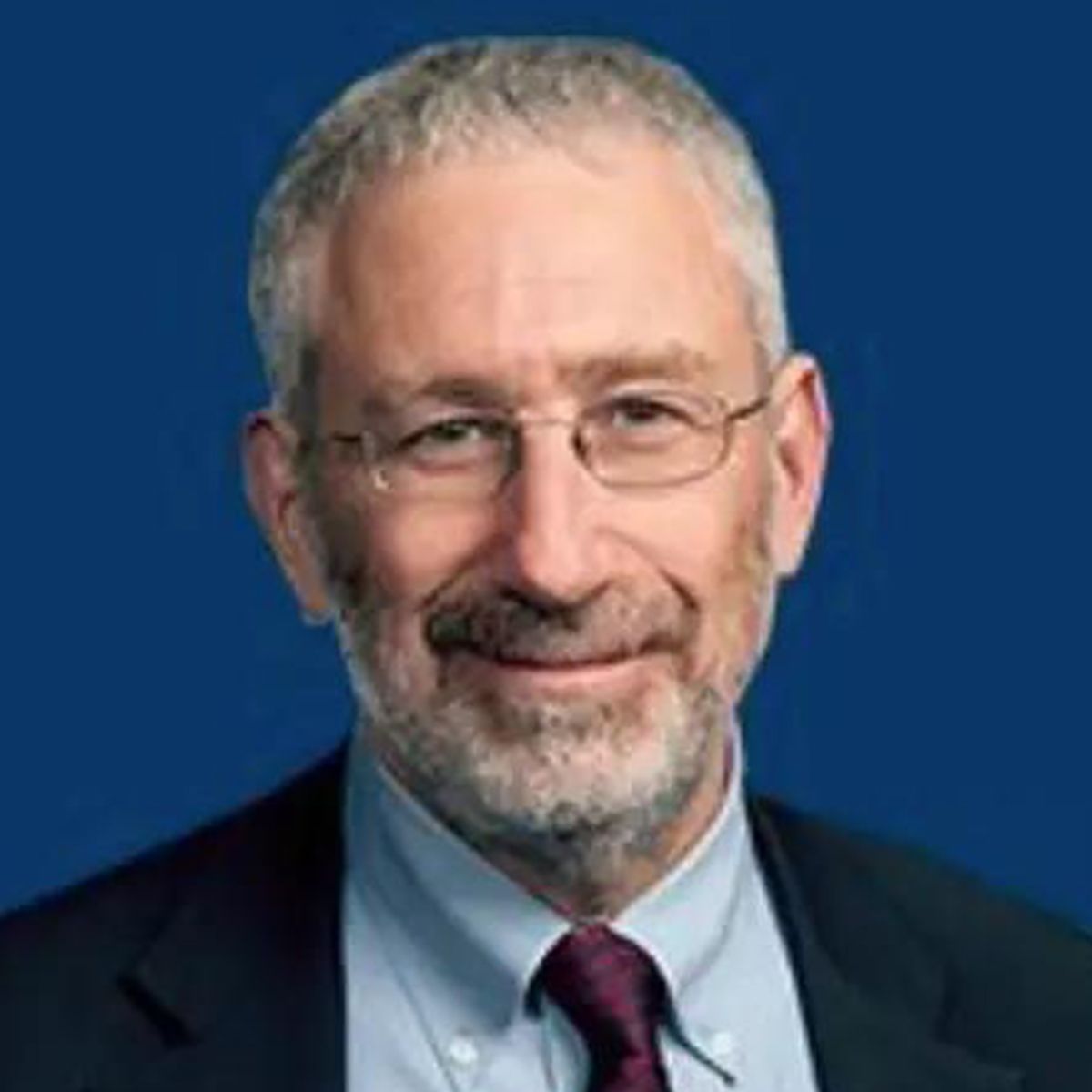Video
Emerging Biomarkers and Drug Targets in mEC
Author(s):
Shared insight into novel biomarkers and potential drug targets being explored for treatment of metastatic endometrial cancer.
EP: 1.A Review of mEC Incidence and Prognosis and Introduction of the Clinical Case
EP: 2.Expert Commentary on the Patient’s Treatment Plan
EP: 3.First-Line Therapy for dMMR mEC: Patient Conversations and Treatment Goals
EP: 4.Considerations for Second-Line and Higher Treatment of Recurrent mEC
EP: 5.Looking Towards the Future: Moving Targeted Therapies for mEC Into the First-Line Setting
EP: 6.Emerging Biomarkers and Drug Targets in mEC
EP: 7.Unmet Needs and Clinical Pearls for Metastatic Endometrial Cancer
Transcript:
Kathleen Moore, MD: [If a patient has received] IO [immuno-oncology], what other targeted therapies are you thinking about? What are you interested in? How do you consider them?
David O’Malley, MD: It gets tough. The 1 thing we didn’t talk about was the SIENDO trial, which was recently reported, at least superficially. It was the group of TP53 wild-type [patients who] really seemed to benefit from, once they were done with 6 cycles of carboplatin-paclitaxel, continuing as a maintenance strategy. At this point, the company has said that it’s going to look at that group of patients. That’s another thing we’re going to start bringing on besides DUO-E and NRG-GY018. We’re going to have that immunotherapy. This postimmunotherapy population is wide open. Are any of us that excited about weekly paclitaxel-doxorubicin and, beyond that, the hormonals in these high-grade tumors?
When I’m looking at these, I’m checking next-generation sequencing. I’m looking for actual mutations. I’m looking for ADCs [antibody-drug conjugates]. I’m looking for that rare HER2/neu or B2 mutation and looking at identifying. We have a nice trial, GOG-3038, which was sponsored by Incyte. It’s an umbrella study with 6 different cohorts with FGFR1, FGFR2, and FGFR3 mutations. I ran our entire database, and more than a handful of patients with uterine cancer have those mutations. Matt Powell, a friend of ours from Washington University, with Paul Goodfellow published this years ago with regard to the action of FGFR-targeted therapies, HER2/neu, ADCs, and the tyrosine kinase inhibitors.
Looking at another trial, GOG-3065, which is the Zentalis product that is a WEE1 inhibitor. There are some really interesting options. That targets serious cancers, but we’re learning that these high-grade endometrioids are more like serous in a lot of ways. Seeing that TP53-mutated tumor, can we target that? You have 1 of the most robust portfolios in the country in gynecologic cancers, Dr Moore. What else are you excited about?
Kathleen Moore, MD: There’s a lot. The important thing is that there are a lot of clinical trials enrolling in endometrial cancer. It will be really important to have virtual consults—after this phone call, I’m going to be talking to a patient from the other side of the country—to try to optimize access to trials so patients can get matched. It’s becoming much more niche. There’s paclitaxel-carboplatin with or without IO in the front line. Then you get down into some smaller percentages for some of these targeted therapies. You mentioned antibody-drug conjugates. Those are on the rise for endometrial cancer. We’ll see which targets hit. We’re looking at full-length estrogen receptor alpha as 1 option. What percentage will that be important for?
WEE1 kinase is probably going to be a TP53 opportunity. FGFR will be a 5% opportunity. There’s a study called PRECISION 1 that’s studying nab-sirolimus in TSC1 and TSC2. That’s 4% of patients with endometrial [cancer], and I want to know who they are. I want to get them on that trial because it may work quite well. For the PARP inhibitor combinations, does it matter what their HRD [homologous recombination deficiency] status is? That’s another example.
David O’Malley, MD: You’ll find BRCA1 and 2 mutations particularly in these high grade serous and endometrioids.I have a patient who presented and I almost put it right to hospice, but then we gave her some chemotherapy and she responded beautifully. I sent her off to next-generation sequencing. She has a BRCA1 somatic mutation. She’s been on PARP, I’ve had her on PARP going on 4 years with a widely metastatic stage IVB disease. So I agree 100%. We have to get the tumor testing and we have to open these trials which allow us to get these 4%-5% of patients onto them because as you’ve said you get amazing activity at times.
Kathleen Moore, MD: Yeah,there’s even cellular therapies now for endometrial cancer, so we’re screening for HLA [human leukocyte antigens]. So I know what my HLA status is so I can slot folks in where it makes sense. I think it’s just become very complicated. It must be overwhelming for our providers who aren’t in either private practices with big clinical trial programs or in academic practices. It’s hard to open these studies everywhere, and you can’t open every study that you want to. There’s very interesting approaches to try and do just-in-time activations for some of these novel targets that hopefully will increase access for a lot of our patients. Until then I think people are going to have to travel. But that’s the trial scenario in the recurrent post first line metastatic setting.
You’re going to really be individualizing based on a set of biomarker, predictive biomarkers, to really optimize what each patient’s getting so that we’re not just doing this fishing expedition and throwing everything at them to hope 1 of them sticks. That’s where I hope we get to and I think we’re getting closer.
Transcript edited for clarity.









